
How perishable goods carriers can benefit from cross-docking
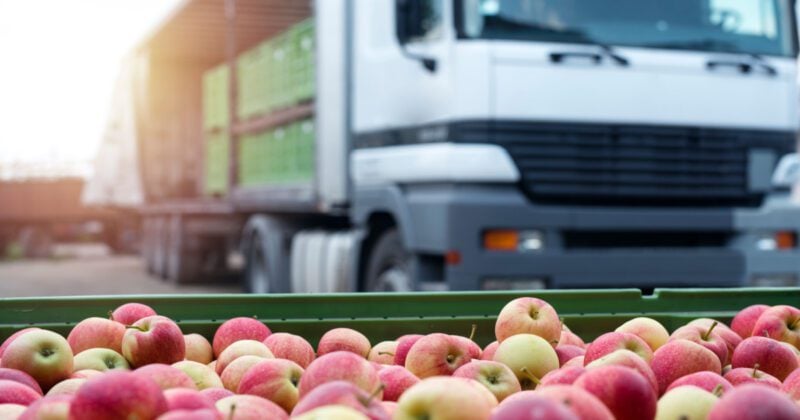
Cross-docking distribution can provide important benefits for carriers of perishable goods – such as fruit, vegetables, meat, poultry, fish, dairy products, and even some pharmaceutical products.
These include faster turnaround times, reduced spoilage and waste, lower storage and handling costs, better inventory management, increased supply chain efficiency, and greater agility and responsiveness.
What is cross-docking?
The growth of e-commerce, especially in the areas of fast fashion or grocery shopping that often involves perishables, has also seen a shifting consumer behavior that expects quick delivery. But logistics practices that utilize storage facilities to hold goods for an extended period, are unable to keep up with the speed of e-commerce.
Thus, companies have increasingly focused on the rapid movement of goods through a distribution center or warehouse. Enter cross-docking, which involves unloading goods from incoming trucks or containers in a dedicated facility, then immediately loading them onto outgoing vehicles for delivery.
The adoption of cross-docking has increased in recent years, not least because e-commerce activity is growing dramatically. Analysts forecast that by 2026, 24 percent of global retail processes will take place online, up from 21 percent in 2023. One of e-commerce’s fastest growing segments is the prepared food market. Studies indicate that the global value of this market is expected to rise from US$110.28 billion (€100 billion) in 2022 to US$165 billion (€150 billion) in 2027, at a CAGR of 8.2 percent.
However, perishable goods are both time and temperature-sensitive, so carriers must embrace new methods to ensure fast shipping and prevent items from spoiling in transit. That has included cross-docking, real-time tracking and radio frequency identification technologies, and better warehouse management systems.
Businesses have also increased their focus on just-in-time inventory management. Even environmental considerations have been influential, with cross-docking enabling route optimization and a reduction in the volume of transportation required, thereby contributing to lower emissions.
According to Transparency Market Research, the global cross-docking services market is expected to grow at an annual rate of about six percent between 2020 and 2030. It is likely to reach US$342 billion (€311 billion) in size by 2030, up from US$200 billion (€182) in 2020.
As the report also indicates, Asia Pacific is expected to remain a leader in the cross-docking services market – primarily due to large volumes of trade shipments from the region. Cross-docking is already common practice in advanced economies such as Australia, Japan, and Singapore. In Australia, for example, large retailers including K-MART and Woolworths have embraced the cross-dock framework.
The approach is also gaining traction in the region’s emerging economies. Late 2021, for example, saw a leading logistics provider in Cambodia team up with Phnom Penh Autonomous Port to construct a major new cross-docking facility and controlled temperature cold storage facility in Phnom Penh.
The advantages of cross-docking
For perishable goods carriers, cross-docking can be especially beneficial. It offers fast turnaround, waste reduction, cost reduction, and efficiency improvements.
Faster turnaround times
As mentioned above, delivery speed is of the essence for perishable items with a limited shelf life.
In a cross-docking facility, goods can be quickly inspected, sorted, and loaded onto outbound trucks, ensuring rapid turnaround. This means perishable goods reach their destination in optimal condition.
Reduced spoilage and waste
Traditional warehousing often involves delays in unloading, sorting, and storing perishable goods, increasing the risk of spoilage and waste.
By eliminating the need for immediate storage, cross-docking ensures a swift transition from a supplier’s vehicle to an outbound carrier. This minimizes spoilage risk and improves product freshness for end-consumers.
Lower costs
Most perishable goods require a controlled environment, often involving refrigeration to maintain their quality. This typically adds to the storage and labor expenses incurred with traditional warehousing.
Cross-docking eliminates the requirement for long-term storage, so many costs are also eliminated or least dramatically reduced.
Improved inventory management
As perishable items are transported quickly through a cross-docking facility, real-time inventory management enables carriers to track the flow of goods, predict demand patterns, and optimize inventory levels.
This helps carriers to monitor and adjust stock levels, reducing the likelihood of overstocking or understocking. It’s another way cross-docking contributes to cost reduction.
Increased supply chain efficiency
Cross-docking can help optimize the supply chain by eliminating unnecessary steps and reducing lead times.
The process reduces overall supply chain cycle time, as perishable goods move rapidly from suppliers to consumers. Suppliers and retailers can replenish stock more frequently, as demand requires, and consumers also benefit from the increased availability of fresh products.
Greater agility and responsiveness
The demand for perishable goods can be unpredictable due to seasonal variations or changing consumer preferences.
Cross-docking enables carriers to be more flexible in responding to such fluctuations. As perishable items move swiftly through a distribution center, the carriers can adjust their schedules and routes to meet changing supply and demand patterns.
Better regulatory compliance
Many perishable goods, such as fresh produce and pharmaceuticals, require strict adherence to quality and safety regulations during transit.
By minimizing handling time in a controlled environment, cross-docking helps carriers comply with regulations related to temperature-sensitive shipments. The advanced tracking systems associated with cross-docking also enable carriers to monitor the movement of perishable items in real-time, and provide relevant documentation to regulatory authorities.
Developing a robust cross-docking strategy
So, what is required to make cross-docking a viable solution for a logistics provider? Key steps include adopting appropriate technologies, optimizing facility and workforce design, and enhancing communication and coordination.
Facility layout
To optimize cross-docking, carriers must ensure their facility design incorporates relevant learnings from flow analysis and space utilization research. That way, they can more easily eliminate congestion and bottlenecks due to inefficient cross-docking facility layouts.
Quality control
Implementing automated quality control and inspection measures at key points in the cross-docking process is another important step. That way, quality inspections can more easily be carried out – especially vital given that goods can be exposed to additional handling with a cross-docking approach, potentially risking damage or contamination.
Synchronizing supply chain partners
As coordinating the actions of suppliers, carriers, and retailers can be demanding, robust communication and functional technologies (such as electronic data interchange) are essential to ensure effective real-time information exchange.
Labor
Improving training, upgrading standardized operating procedures, and leveraging automation and robotics to reduce reliance on manual labor are also important components of an effective cross-docking strategy. Such an approach can help to reduce the risk of labor shortages or inadequate training in a cross-docking facility, leading to delays or errors.
Data security and privacy
Sensitive information should be protected by robust cybersecurity measures and data encryption. That way, carriers can ensure they maintain the highest standards of data security and privacy.
The opportunities presented by cross-docking in Asia Pacific
Cross-docking presents significant opportunities for perishable goods carriers in the Asia-Pacific logistics industry, driven largely by e-commerce growth, regional integration, and technological advances.
The Asia-Pacific region is a booming market, including for e-commerce. Cross-docking can help carriers meet the increasing demand for faster, more efficient order fulfillment. The region’s strategic location is creating more opportunities for cross-docking operations, especially for companies that aim to distribute perishable goods between continents. Various trade agreements and initiatives also provide opportunities for smoother cross-border movements of perishable goods.
With careful planning and coordination, cross-docking can be transformative for carriers seeking to optimize perishables distribution and fulfillment operations and gain a competitive advantage.
ALSO WORTH READING



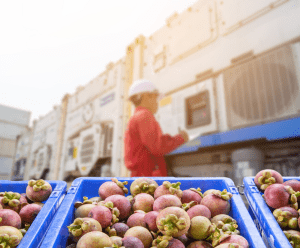


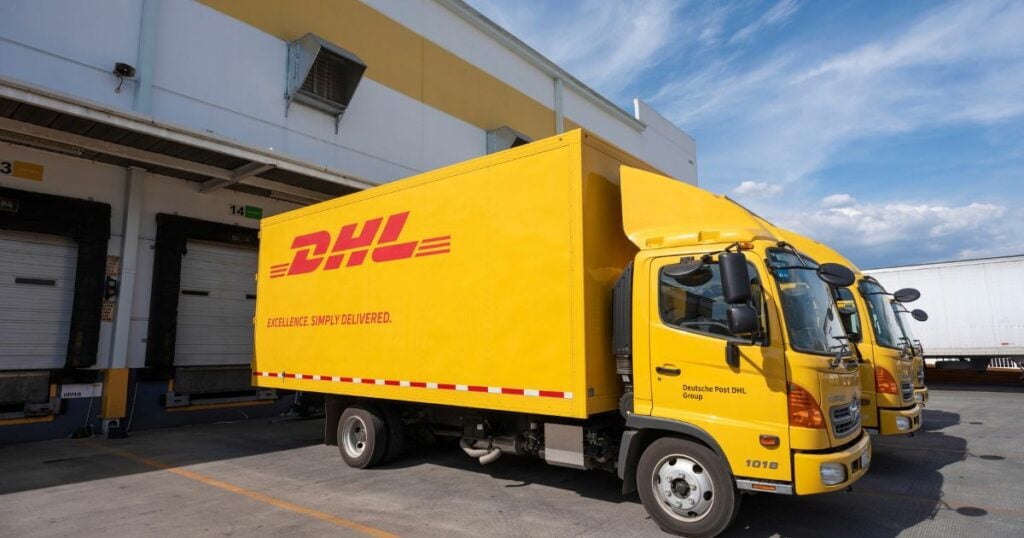
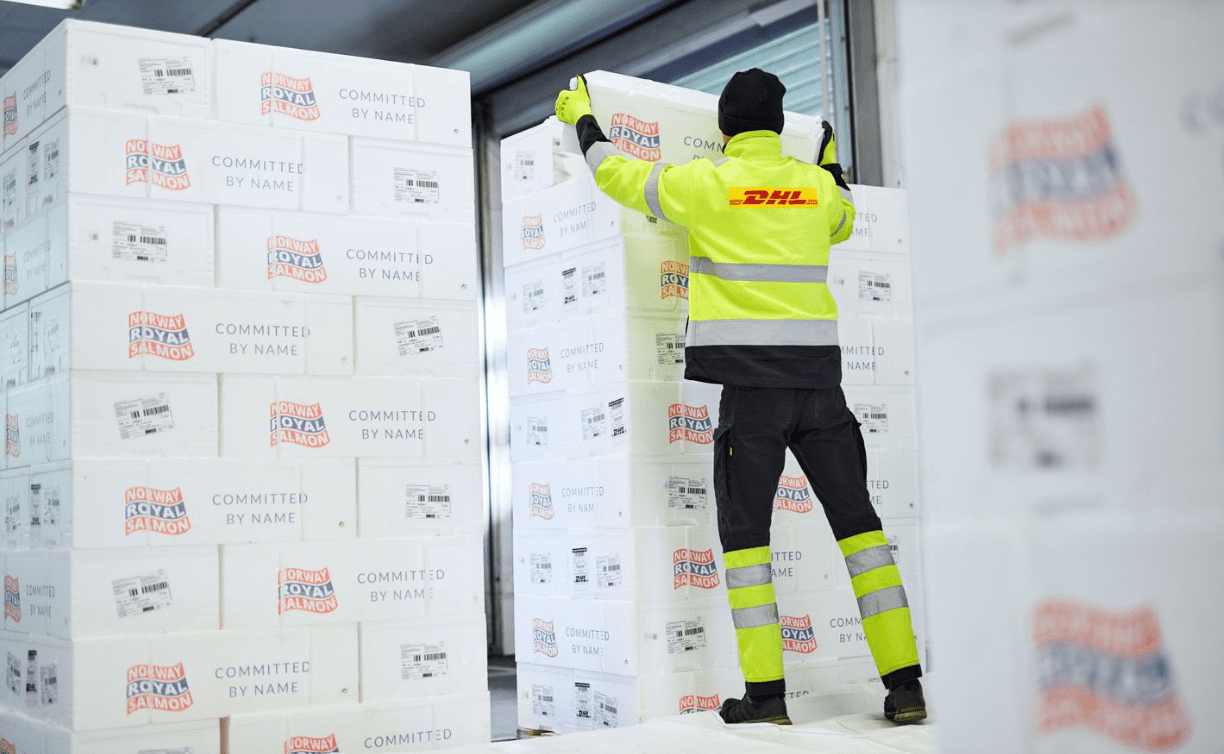



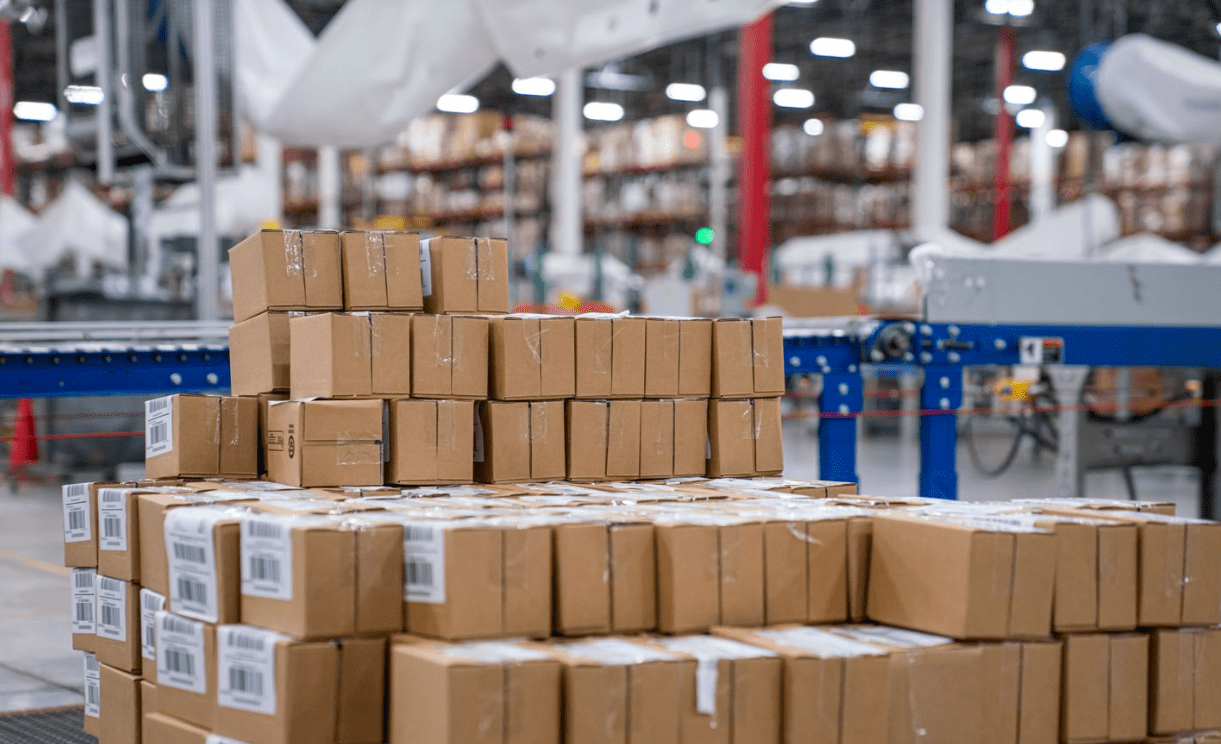



 English
English